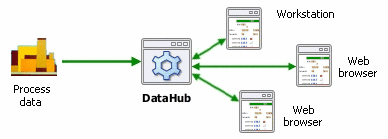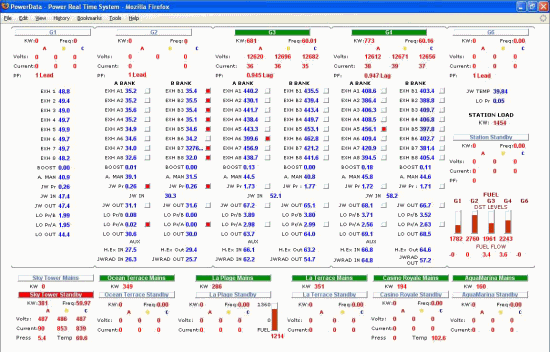Will Time-Sensitive Networking (TSN) Improve the IIoT?
Is current Internet technology sufficient for the needs of Industry 4.0 or the IIoT? Or could it be better? How can we enhance Ethernet to improve real-time data communications? These are the kinds of issues that some key players in Industrial IoT plan to address by developing the world’s first time-sensitive networking (TSN) infrastructure.
TSN has been defined as “a set of IEEE 802 standards designed to enhance Ethernet networking to support latency-sensitive applications that require deterministic network performance,” according to Mike Baciodore in a recent article in Control Design titled “How time-sensitive networking enables the IIoT”
Put simply, the goal of TSN is to provide the IoT with the same kind of real-time performance that is now limited to individual machines like cars and airplanes, or to distributed control systems in industrial applications. The Industrial Internet Consortium (IIC), along with Intel, National Instruments, Bosch Rexroth, Cisco, Schneider Electric and others have joined forces to achieve this goal, to enable a truly real-time IoT.
TSN is Good News for Skkynet
This collaboration to develop TSN comes as good news to us here at Skkynet. Since we currently provide secure, bidirectional, supervisory control capabilities over TCP, we understand how much more effective our software and services will be when supported by TSN.
With TSN, our latencies of a few ms over Internet speeds would be reduced to simply a few ms. Data dynamics would be better preserved, and system behavior more deterministic. This effort to develop TSN validates our thinking that the IIoT works best with low-latency, high-speed networking. Unlike those who operate on the assumption that web communication technology (REST) is the way forward, the TSN approach means that networked data communications can approximate or equal in-plant speeds and latencies.
Several participants and commentators on the TSN project point out that typical cloud architectures are not ideal counterparts for TSN. Something fundamentally different is required. Putting their individual ideas and suggestions together, what they envision for an architecture is remarkably close to what Skkynet currently provides. It should be secure by design, fully integrate edge computing, and keep the system running without interruption during any network outages. Above all, it must provide secure, selective access to any process data, in real time.
“One of the cool concepts out there is that people will want to have a cyberphysical representation of the equipment in the cloud,” said Paul Didier, solutions architect manager at Cisco. “That doesn’t mean the physical plant will be controlled in the cloud. Optimization and maintenance can be done in the cloud and will filter its way back to the machine.”
Our recent case study showcasing DataHub and SkkyHub technology illustrates this “cyberphysical representation.” During the deployment and test of a mineral processing system, developers thousands of miles away monitored the machine logic and tweaked the system in real time. “It was as if we were sitting beside them in the control room,” said one of the team, “and through live monitoring, we were able to continue developing the application, thanks to the real-time connectivity.”
It’s a small step from this to machine control, and time-sensitive networking will be a welcome technology in that direction. To the Industrial Internet Consortium (IIC) and everyone else involved in this project, we say keep up the great work! We’re ready to put TSN to good use when it becomes available.




